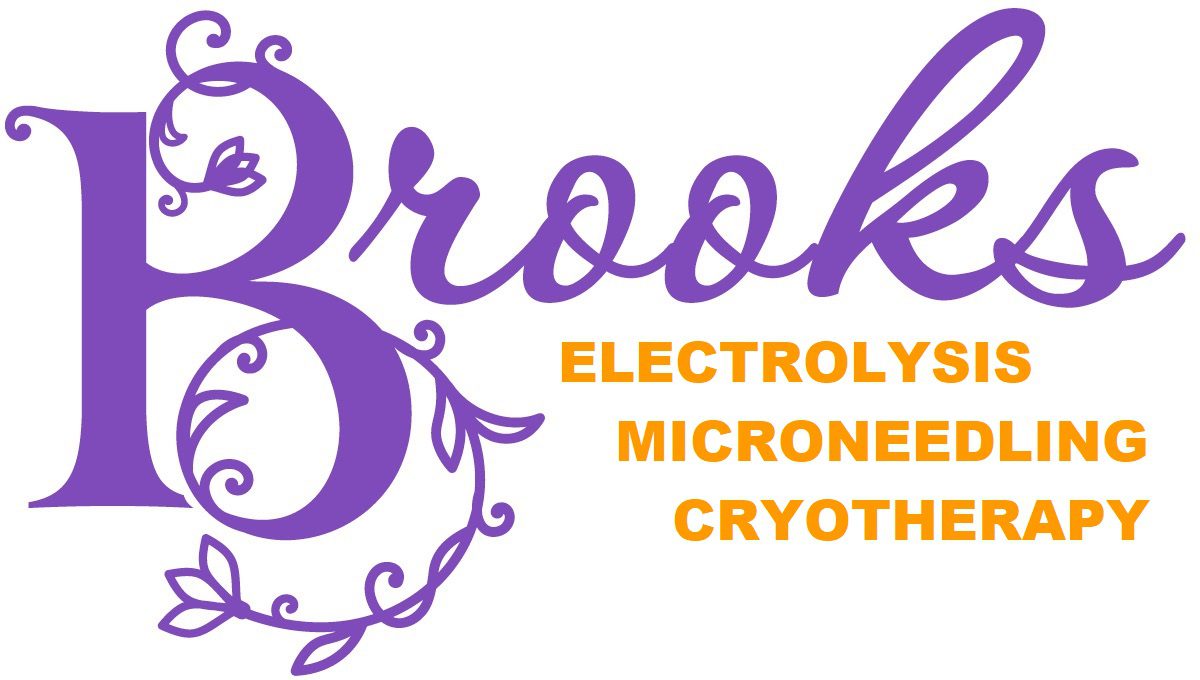USEFUL TIPS
At Brooks Electrolysis, electrolysis means safe, permanent hair removal. We are committed to providing a safe, professional, & confidential setting and service for all clients. One thing we always do is tell clients how to deal with the after-effects of electrolysis.
The after-effects of electrolysis are temporary. You may (or may not) experience redness & swelling which is a natural reaction to electrolysis. You also may, or may not, experience scabbing of the treated hair follicles, which can last up to a week. However, post-treating the treated areas (see tips below) will greatly reduce healing time.
Members of the Federation of Canadian Electrolysis Associations and Atlantic Association of Professional Electrologists are:
- Members of their provincial electrolysis organizations
- Trained professionals who display their credentials of training and affiliations to their provincial and national organizations
- Electrologists who provide personal assessments to fully explain the electrolysis procedure in relation to an individual’s hair problems
- Electrologists who are following approved sterilization methods and use sterilized disposable needles
- Brooks Electrolysis is a member, in good standing, of both these professional organizations – to see our Certifications, click here
GUIDELINES FOR CHOOSING A PROFESSIONALY TRAINED ELECTROLOGIST
- The electrologist and their facility should be professional. Membership in an electrolysis organization is beneficial as it indicates exposure to and interest in the electrolysis practice and developments.
- The electrologist should have all educational certificates displayed. An electrolysis certificate is not a guarantee of quality because training schools are not standardized or evenly assessed in Canada. However, it does indicate that they have been trained.
- They should be able to answer all your questions about electrolysis with confidence.
- The client should not be able to feel the hair being removed after it’s been treated (like a tweeze). A properly treated hair will slide out from the follicle with ease and minimum sensation.
- Electrologists should be willing to discuss the protocols for sterilization procedures.
- Pre-sterilized, one-use needles are a must.
ELECTROLYSIS DO’s
- Apply a cold compress to the treated area for 20-30 minutes to soothe & reduce any redness or swelling that may occur.
- Disinfect the treated area with 70% alcohol or witch hazel for 1-5 days (we recommend twice a day for the first 2 or 3 days, then once a day for the next 4 days). An area can take up to a week to heal.
- Apply an antibacterial cream (i.e. POLYSPORIN® cream) after you’ve disinfected the area to promote healing. Epsom salt baths will also promote and speed up healing time to the treated area (i.e. bikini line, legs, buttocks) and is also soothing and relaxing for the body.
- Wear sunscreen daily. Re-apply as needed and avoid direct sunlight to the face as much as possible. The same applies to the body.
- Drink plenty of water for hydrated skin.
- Have your face clean & free from make up, if possible, prior to your treatment.
ELECTROLYSIS DONT’s
- Expose the treated area to UV rays or tanning beds for 24 to 72 hours before & after treatment. For the face, we recommend longer, and no direct exposure at all to avoid hyperpigmentation of the skin.
- Pick any scabs that may occur, or squeeze pustules.
- Irritate the treated area with make-up, tight clothing, skin scrubbers, etc.
- Wear make up for at least 24 hours after treatment.
We look forward to helping you look & feel your BEST!
